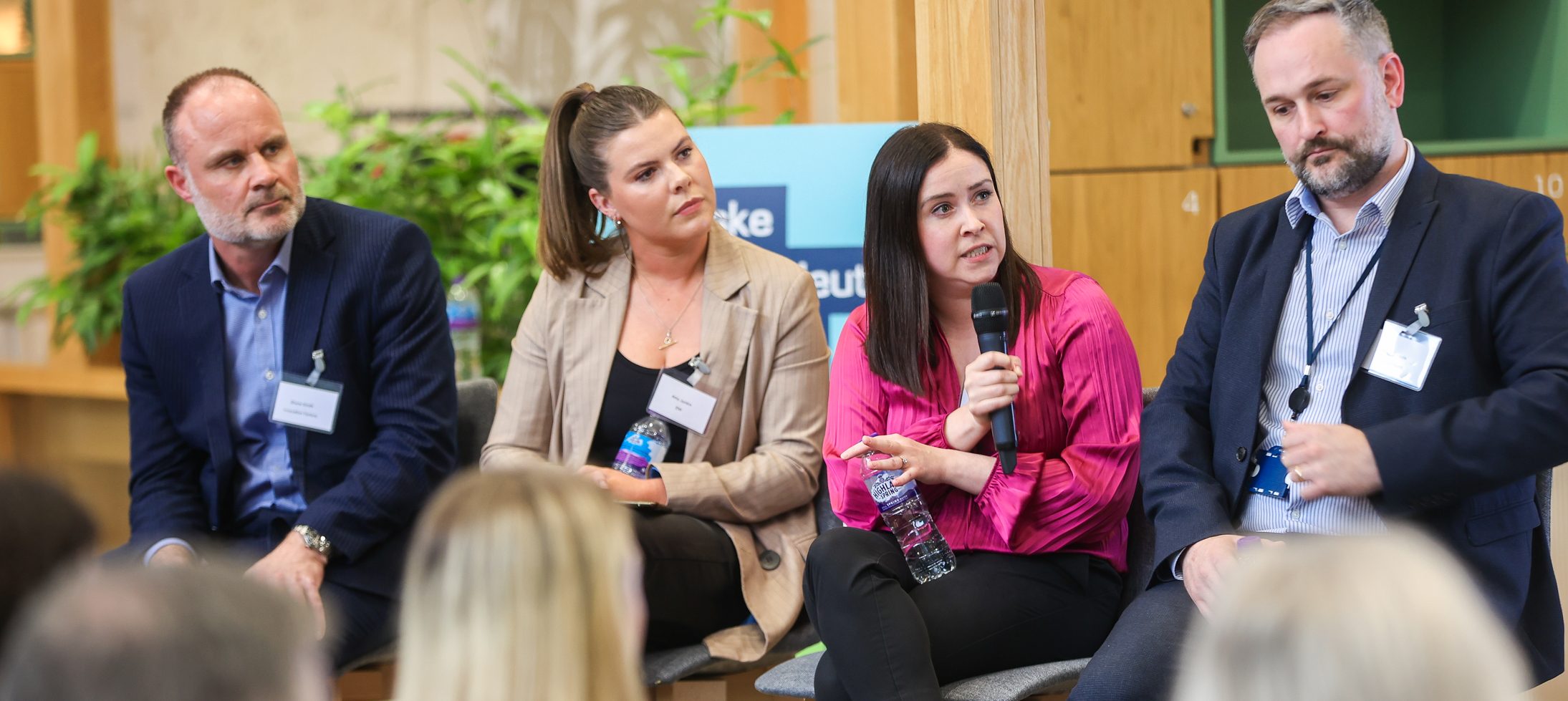

Belfast-based entrepreneurs gathered at the Belfast Business Idea Award finalists’ night on Friday May 6 at Danske Bank to hear this year’s winners announced.
A Belfast City Council initiative, supported by Danske Bank and Pacem Accounting & Tax Advisory, the competition is designed to unearth, recognise and help fast track the best business ideas in Belfast. Councillor Ryan Murphy, Chair of Belfast City Council’s City Growth and Regeneration Committee said: “The beauty of the Belfast Business Idea Awards is that it’s the strength of the idea that’s assessed, rather than the achievements of the venture. So people who have yet to set up a business have just as much chance of winning as those who’ve already started to trade successfully”.
Five winners pitched their idea to an independent judging panel, with the overall winner being decided live on the night via audience vote. The overall winner secured a cash injection of £2,500 to help their business grow. Each of the five winners also received a support package worth over £3,000.
The 2022 Belfast Business Idea Award Winners were:
- Emma Corbett – Insurin – Overall winner
- Eimear O’Rourke – Allergy Act
- Harry Mc Anulty – The Plant Alchemist
- Orla McKeating – Still I Rise Diversity Storytelling
- Conleth Mallon – Injuiced
Speaking at the finalists’ night, overall winner, Emma Corbett from Insurin commented: “From my own experience as a type 1 diabetic, I understood that more could be done to guide and help those newly diagnosed with type 1 diabetes physically, mentally and emotionally. Insurin started out as my final year project at Ulster University whilst studying Interaction Design. Then I realised it had a lot of commercial potential, but needed help to build both the product and business – which is why we entered the Belfast Business Idea Award. I want to say a huge thank you to Belfast City Council, Danske Bank, Pacem, Innovation Factory and Enterprise Northern Ireland for their support. There’s so much talent and innovation here, so I’m honoured to win and look forward to growing Insurin with the help of the generous support package.”
The finalists also had the opportunity to hear from, and put questions to, two of NI’s most successful entrepreneurs, David Johnston and Lynsey Bennett, founders of Belfast businesses, OutsideIn and Lusso Tan which have gone on to compete, and win, on a global scale.
Speaking at the finalist’s night, Elizabeth Crossan commended all applicants and expressed her enthusiasm towards working with the winners,
“We are looking forward to working alongside the newly crowned winners of the 2022 Belfast Business Idea Award by providing six months free accountancy services. We love helping new businesses develop and grow and to play a part in their journey is a real privilege. We can’t wait to see what is in store for these blossoming businesses and predict great things ahead – watch this space”.

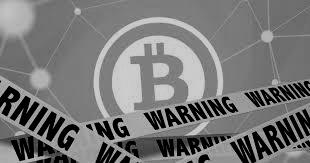

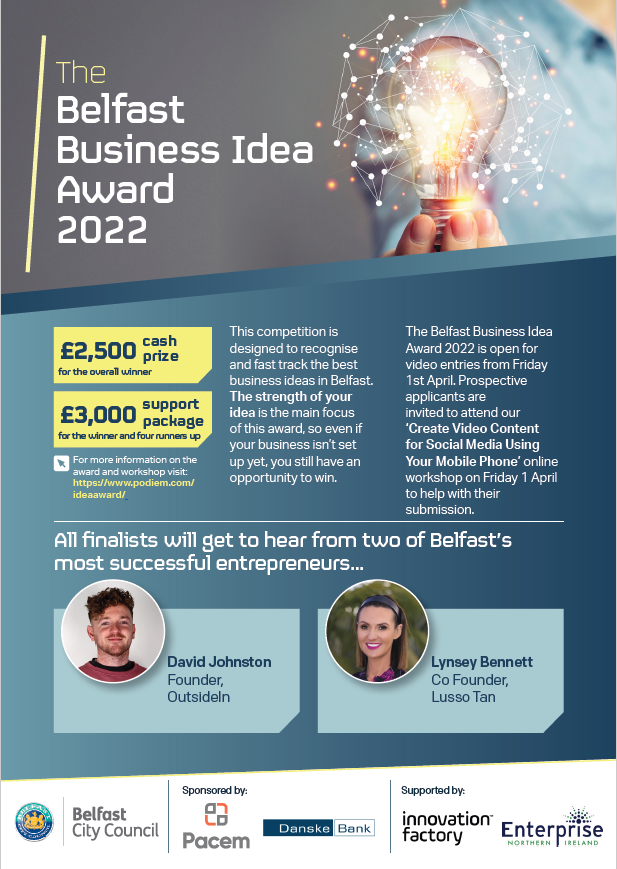

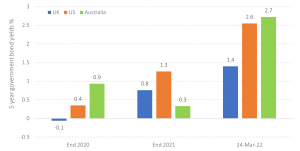
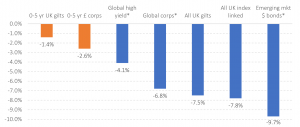

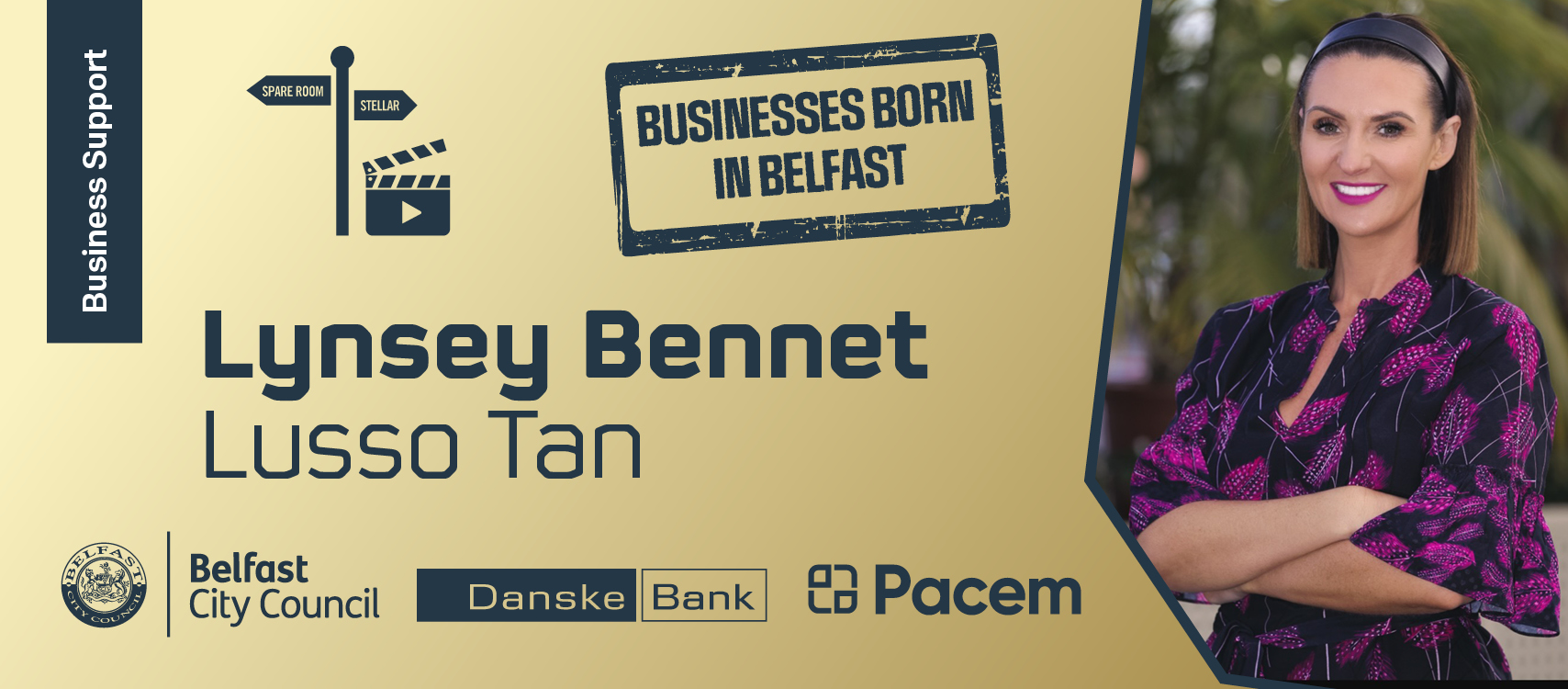
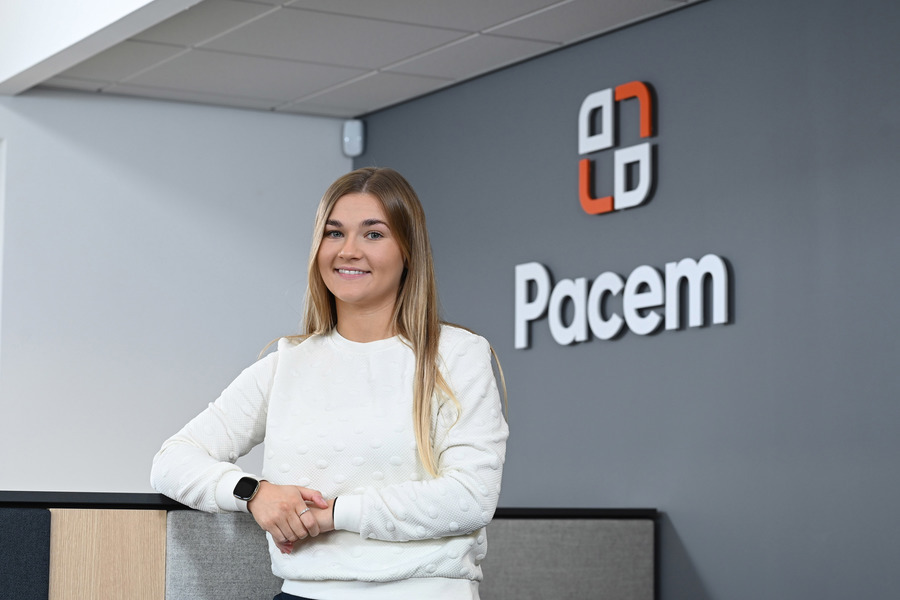

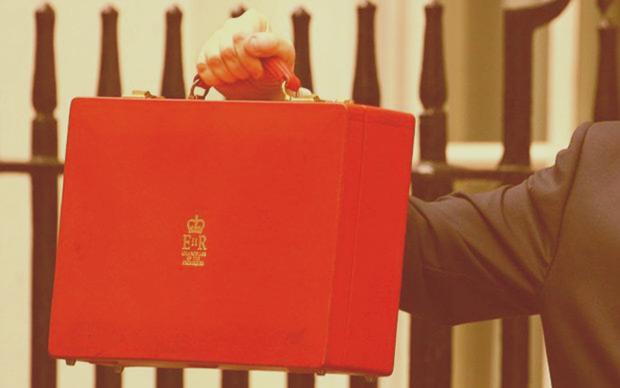

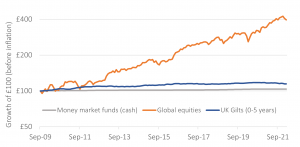
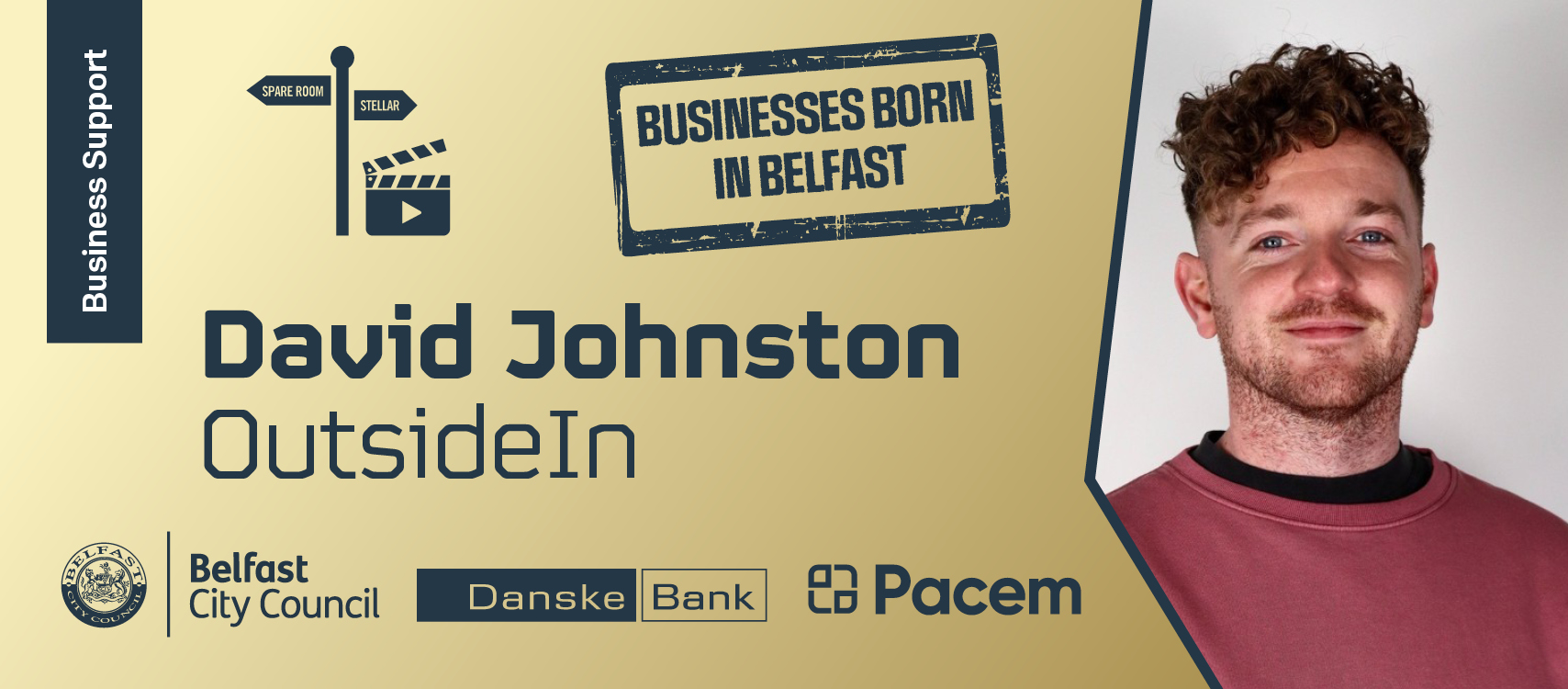

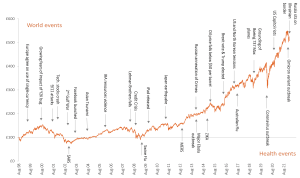

Recent Comments